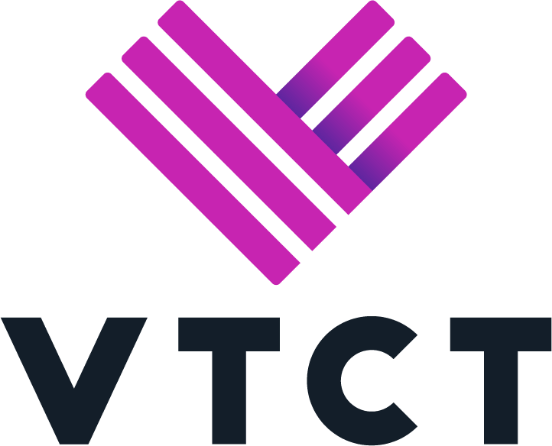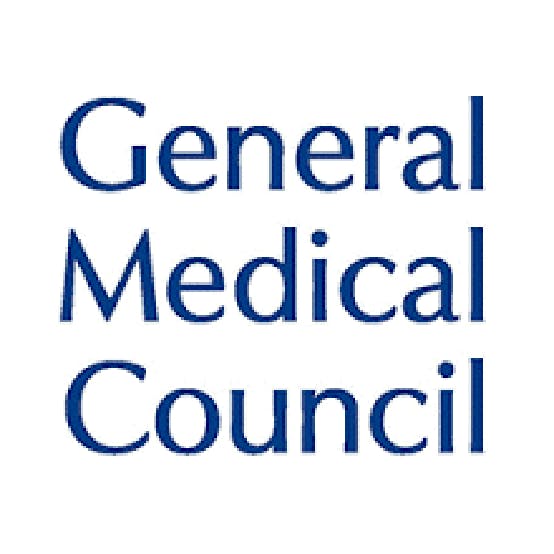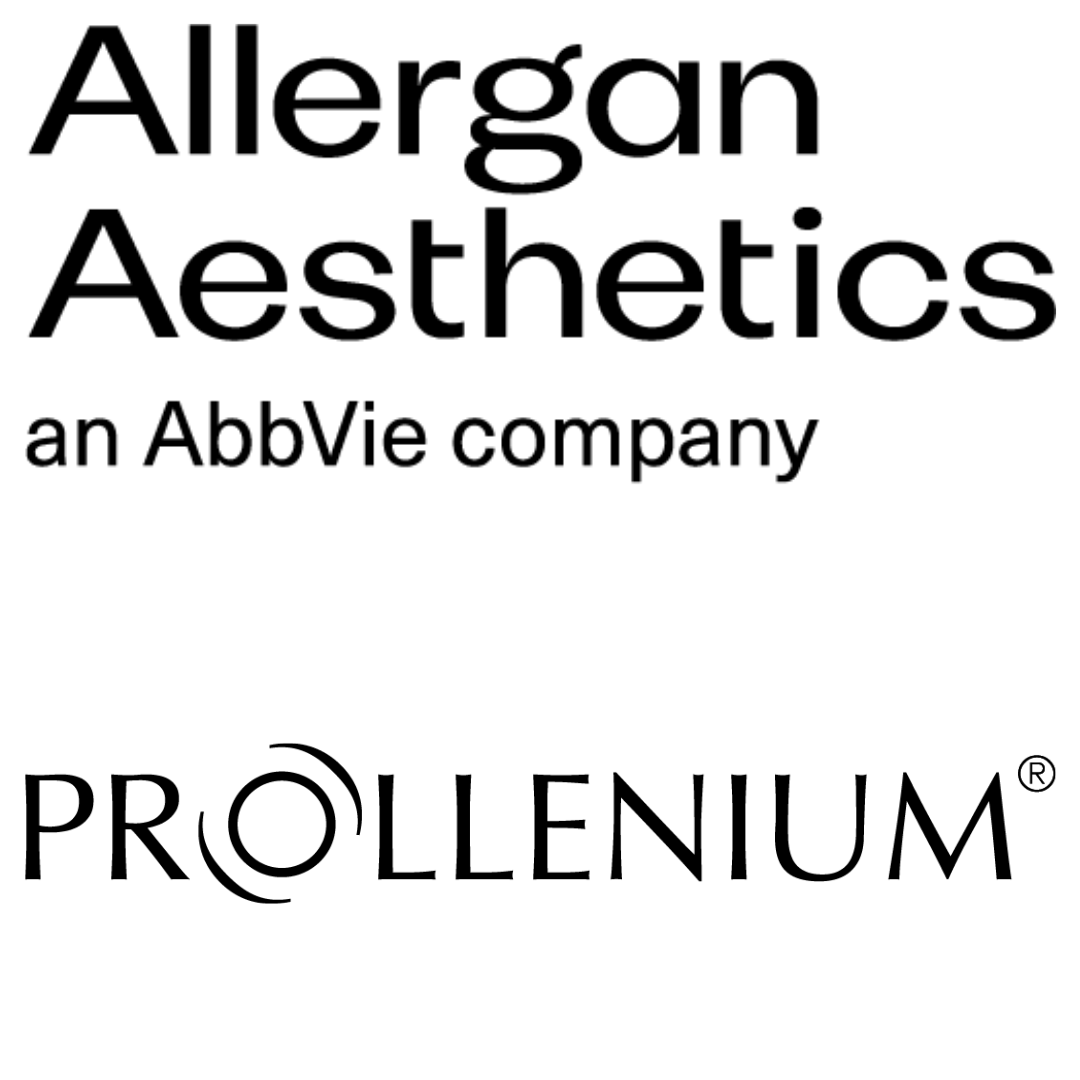Nurse Prescribing Courses

A Guide for Non-Prescribers
If you’re a nurse interested in getting into aesthetic medicine, learning to prescribe or working with a prescriber is simply essential. Even if you are trained to the highest possible level, you will know how to inject prescription-only medications (such as botulinum toxins), but not be able to access them independently. Most importantly, the reversal agent hyaluronidase – essential for managing serious complications from dermal fillers – also requires a prescription. This means that non-prescribers require someone to prescribe it for each patient, and cannot even hold it in stock.
So, if you’re a nurse, you are probably concerned about how to prescribe after completing your Level 7 Diploma. But don’t worry, you do have options. Here’s a guide to nurse prescribing courses, how to get on one, and the alternatives if you’re not yet eligible.
Option 1: Get a V300 Non-Medical Prescribers Qualification
If you’ve been practising as a registered nurse for at least three years then you should be eligible for the V300 independent prescribing qualification, also known as ‘independent and supplementary prescribing’ courses. The V300 can only be undertaken at universities, but there are several across the UK that offer this prescribing qualification to nurses. There are a few common prerequisites for the course. So how do you get on?
Step 1: Start Practicing With a Prescriber
“Both the NMC and universities require nurses to have at least a year — sometimes more, depending on university — practising in the area that they intend to prescribe in order to be accepted for the V300 course.” Said Natalia Ostrowska, a registered nurse and graduate of the Level 7 who recently became a prescriber and Harley Academy trainer in injectables. She told us, “I was lucky to quickly find a doctor to see my patients and prescribe for me after I did my Foundation Training back in 2016.”
You’ll need to work with a prescriber in order to practice safely as an aesthetic nurse whether you intend to take the V300 or not. If you still need to find a prescriber, make sure that you stay in touch with prescribers on your aesthetics training course or ask around your training academy’s student community.
Step 2: Find a University and Be Prepared To Travel
There are several universities that offer the V300. They have slightly different entry criteria, and not all accept self-funded aesthetic nurses for the V300. Universities in London typically do not, for example. However, don’t be put off if your local university does not offer prescribing courses to aesthetic nurses. There’s plenty of options further afield if you’re prepared to travel.
Independent and supplementary prescribing courses for nurses and midwives tend to be mainly part-time distance learning, with your physical attendance only required for a few days. One of the benefits of this is that it opens up academic courses across the country that you might be surprised to realise can fit around your busy work schedule. Courses can demand as little as eight days of attending lectures in person, with most prescribing courses requiring attendance for about 8-14 days. The remaining hours are completable online, at home.
“My V300 consisted of only 13 days attending lectures, the rest was self-guided study, assignments and time spent with my DMP (Designated Medical Practitioner), who can be found locally.” says Natalia. “There are several universities across the country that are happy to accept aesthetic nurses.”
How To Find Universities that Offer V300
There is no single list of universities that offer the V300 to aesthetic nurses hoping to prescribe toxin and hyaluronidase. You may have to enquire with several universities before you find one that’s happy to offer you a place, but they are out there. The best place to find up-to-date recommendations for courses is online forums and voluntary membership groups such as the British Association of Cosmetic Nurses (BACN), where experienced aesthetic nurses provide their experiences of finding a suitable course.
“I did mine with University of Hertfordshire (Hatfield) and they were really supportive.” said Natalia, “there were quite few aesthetic nurses on the course. It is just about doing a research and finding out which universities will accept you.”
We’ve placed links to several universities that have been reported to accept aesthetic nurses at the end of this article, but it’s important to enquire individually with each department as entry requirements are liable to change.
Step 3: Find a Designated Medical Practitioner
In order to qualify as a supplementary or independent prescriber, in addition to the accredited educational programme you must also complete at least 12 days (90 hours) of prescribing-related practice under the supervision of a qualified medical professional. Prescribers taking on the role of supervising your practical prescribing are called designated medical practitioners (DMPs).
Again, there is no publicly-available list of DMPs willing to work with aesthetic nurses. You’ll need to leverage networks or a members’ community. “I used BACN contacts to find a DMP.” said Natalia, “I just posted a question and one of the nurses got me in contact with a DMP who she worked with for her prescribing course in return for a fee.”
One thing to be careful with is meeting the criteria for a DMP. If you’re working with a prescriber whom you’re hoping can be your DMP, check first with your university whether they are suitable. Not every doctor will qualify as they must also meet the DH and NMC criteria for a mentor.
Department of Health Eligibility Criteria To Become a DMP
Your DMP must be a registered medical practitioner who:
- Normally has at least three years recent clinical experience for a group of patient/clients in the relevant field of practice
- Works within a GP practice and is either vocationally trained or is in possession of a certificate of equivalent experience from the Joint Committee for Post-graduate Training in General Practice Certificate or is a specialist registrar, clinical assistant or a consultant within a NHS Trust or other NHS employer
- Agrees to provide supervision, support and opportunities to develop the student’s competence in prescribing practice and has the support of the employing organisation or GP practice to provide this.
- Has some experience or training in teaching and/or supervising in practice
- Normally works with the student. If this is not the case, then a placement has been organised through which the student and DMP can work together during the prescribing practice.
- Must be sufficiently impartial to the outcome for the student and, wherever possible, should not be the same person sponsoring the student to undertake the programme.
- Has the support of the employing organisation or GP practice to act as the DMP who will provide supervision, support and opportunities to develop competence in prescribing practice.
Your university course may also specify additional requirements, so always check with them.
Step 4: Meet the Entry Criteria
Criteria for admission to undertake the V300 programme is largely set by the professional regulators for your specialty: Nursing and Midwifery Council (NMC), Healthcare Professionals Council (HCPC), or General Pharmaceutical Council (GPhC). The entry criteria may require you to gain more experience as a nurse and/or as an aesthetic nurse before you can start the course.
Typical Entry Criteria for a V300 Course at a UK University:
- You must be registered with the appropriate professional body (i.e. NMC/HCPC/GPhC).
- At least 3 years post-registration experience. For nurses, this means that you must be at least a first-level nurse.
- At least the last year in the area in which you will be prescribing (two years for pharmacists). Your Foundation Training is often considered a marker of the beginning of your career in aesthetic medicine.
- There should be an identified service need for non-medical prescribing*.
- Written support from both your clinical/line manager and trust prescribing lead*.
- You will need to identify a Designated Medical Practitioner (DMP) who meets the DH criteria for the role, to supervise you for the 12 days of practice supervision.
- Competency in practice to take a history and make a diagnosis for the conditions for which you will prescribe (being on a Level 7 qualification will ensure that you cover this).
- A current full enhanced Criminal Records Bureau (CRB) check (within the last 3 years).
*As an aesthetic nurse, you’ll be self-funding the course, and have been self-employed for at least a year in aesthetic medicine. Importantly, this means that you can sign off the employer-related documents yourself.
Give the university you’re considering a call to discuss your personal eligibility.
If you’re not (yet) eligible for a V300 prescribing course, then don’t worry. You can still practice safely within aesthetics. There are two more options available to you:
Option 2: Work in a Clinic With Prescribers
Large and high-quality clinics will have a prescriber or group of prescribers who provide immediate clinical oversight for procedures. This means that they can consult and prescribe for clients, and will have responsibility for ensuring that the correct pharmaceutical agents and clinical procedures are in place to manage potential complications. As a non-prescriber you can benefit a lot from gaining experience in one of these clinics without a prescribing qualification.
The downside is that not all clinics have enough prescribers, so demand in clinics is slightly higher for medical professionals with prescribing rights than for those without. As such, you may have to send out a few more applications to find the right spot.
Option 3: Find a Prescriber
If you want to work independently then you will need to find a doctor, dentist or nurse prescriber to consult your patients and prescribe you any POMs that they require. They’ll also need to provide ‘clinical oversight’ of some kind, meaning they’re on-hand to help out should any adverse effects occur that require prescription-only medications to resolve.
The drawback of this is that they will charge a fee for this process, and your clients will typically have to come in twice. First they’ll need to have a medical consultation with the prescriber, then they will need to see you for the procedure.
The positive side of separating consultation from treatment is that it should coincide with allowing time for an appropriate “cooling-off” period between the two. As such, your practice should not necessarily be detrimentally affected and there may even be benefits. Indeed, the longer the time, the more space the patient has for reflection and time to build certainty over what it is that they want. ‘Cooling off’ periods are common good practice in aesthetics, so this requirement should not demotivate your pursuit of an independent business in aesthetics.
How Do I Find a Prescriber?
Much like finding a Designated Medical Practitioner, the best way to find a prescriber for botulinum toxins and hyaluronidase is through networking. Voluntary membership organisations like British Association of Cosmetic Nursing (BACN) can be a valuable source of professional support and may offer peer-to-peer recommendations for prescribers in your area (fees may or may not apply). Reputable training academies should also offer a community of prescribers who may be able to support you after you graduate, so make sure that you enquire with them, too.
Conclusion
The V300 nurse prescribing course takes only 6 months to complete and will give you the freedom and control to practice independently and safely. If this is possible for you then the V300 may be the best move for your long-term career as an aesthetic nurse. By the time you’ve practised in aesthetic medicine for a year or more since your Foundation Training then you should also have a sense of whether it’s really right for you, too, so this prerequisite could be a blessing.
Our mentor and nurse prescriber Natalia also highly recommends the course, “V300 is a great course. It doesn’t only teach you about medication you will prescribe, but also it draws a lot of attention to consultation skills, which I thought was invaluable.”
University Links and Further Resources
- British Association of Cosmetic Nurses (BACN) – Offers advice and support for aesthetic nurses including accounts of personal experiences finding nurse prescribing courses.
- Nurse Prescriber Forum – free online forum for nurse prescribers
- University of Hertfordshire (Hatfield) V300 course – ‘Practice Certificate in Independent Prescribing’
- Bournemouth University V300 course – ‘Independent & Supplementary Prescribing for Nurses and Midwives (Blended Learning Mode)’
- University of West of England (Gloucester & Bristol) – ‘Non-medical prescribing course’
- University of Essex (Colchester campus) – Preparation for non-Medical Prescribing – Nurses, Midwives and SCPHNs
- Gloucestershire University (Cheltenham campus) – PG Certificate in Professional Studies: Non-Medical Prescribing (NMC Award) (Level 7: 30 Credits)
- Practical guidance for aesthetic nurses considering taking a prescribing course (requires JAN membership)
- Training non-medical prescribers in practice (a guide for doctors intending to become a DMP)
- Standards of proficiency for nurse and midwife prescribers
Note: Harley Academy does not endorse or promote any nurse prescribing course provider, and the information about them in this article is largely personal opinion and does not necessarily reflect company values. Article last updated November 2018.











